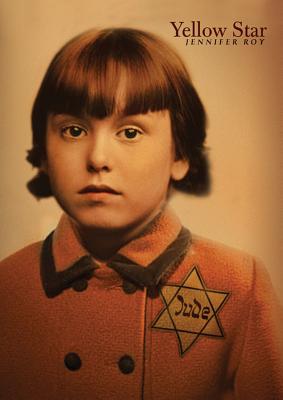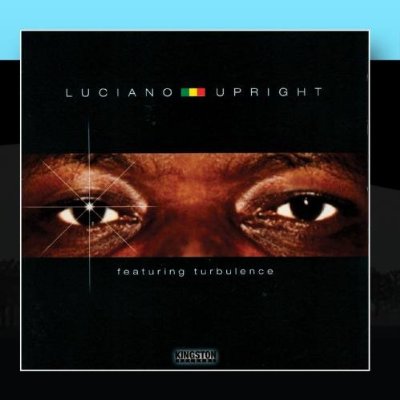
Ryan, Des A.
The Ballad of Thomas Patrick Downing is a true story.
Downing was born into post famine Ireland. Living in the famous and picturesque village of Adare, his life started well but then at the age of three years, turmoil came. His father, a constable in the Irish Constabulary, was dismissed from his job due to his, albeit tenuous, links to O'Donovan Rossa and the Fenian Phoenix Society.
Without many options available to the family, they moved from Limerick to Savannah, Georgia. There they tried to establish a new life but the Civil War further disrupted their plans. Growing up in Savannah, against the backdrop of the American Civil War, Downing experienced the cruelty of slavery and then watched as the slaves were emancipated around him. After the war, the family again tried to settle and forge a new life but his father's illness provided another stumbling block.
Perhaps running away from this, Thomas Patrick Downing left Savannah and made his way to Lebanon, Kentucky where he enlisted in the army and fate placed him with General Custer's Seventh Cavalry. Serving with Myles Keogh's I Company, Downing spent two years in Kentucky suppressing the emergence of the Ku Klux Klan before being assigned to the remote US Canadian border to protect the US Boundary Commission's survey of the area. Here he had his first interaction with "hostile" Indians.
Finally, at the age of just twenty, Thomas Patrick Downing marched out of Fort Abraham Lincoln, Dakota Territory with General George Armstrong Custer in search of Sitting Bull and Crazy Horse. A month later they found them at the Little Bighorn in Montana. Despite having been in the army for five years, this was Thomas Patrick Downing's first battle.
There on the Montana grass, Thomas Patrick Downing took his place in the history books. He was one of almost three hundred Cavalry troops killed on 25th June 1876. The Battle of the Little Bighorn was one of the worst military defeats the US army has had and it was one of the last great battles of the Indian Wars.
Along with his army colleagues, Downing was buried where he fell and his story buried with him. For one hundred and fifty years he has just been a name on a memorial. Now his life has been uncovered and he becomes the only one of Custer's anonymous Irish troops to have his story told from start to finish and what an interesting story it is.
Meticulously researched, this book is written as a memoir, expressing first-hand what Downing's experiences would have been. The stories and the people contained in these pages are all true and are as they happened one hundred and fifty years ago.
What a life. What a death.







